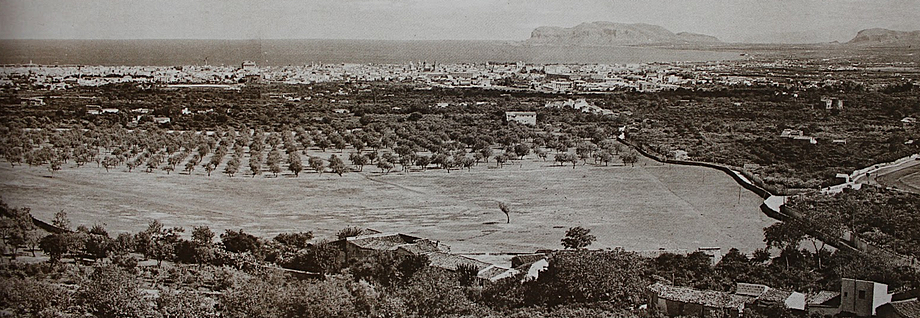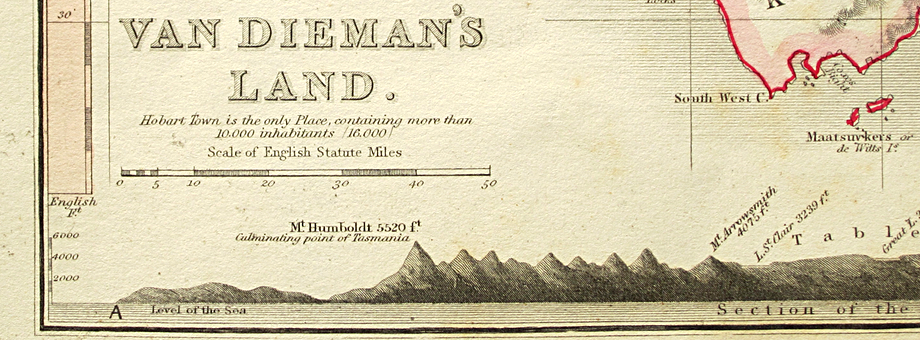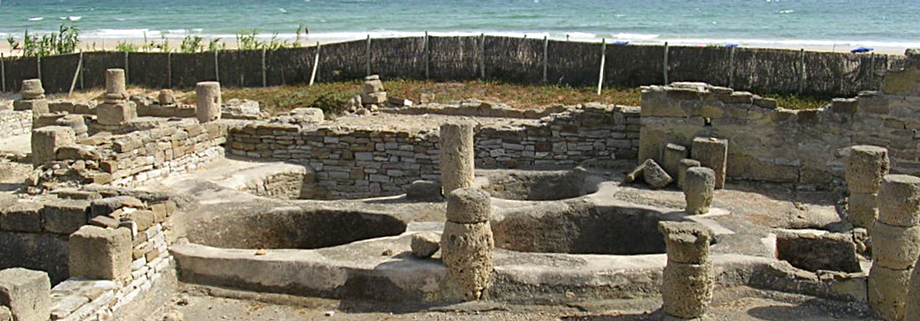
Podcast: Play in new window | Download (Duration: 19:33 — 27.2MB)
Subscribe: Google Podcasts | Spotify | Android | RSS | More
 It is so easy to forget that very few people know anything about plant breeding and how vital it is to having enough to eat. The time it takes, and the resources it needs — financial, genetic, human — are just not something most people know about. No wonder, then, that many people don’t quite grasp the urgency with which we need to get cracking now to breed crops adapted to predicted climate conditions.
It is so easy to forget that very few people know anything about plant breeding and how vital it is to having enough to eat. The time it takes, and the resources it needs — financial, genetic, human — are just not something most people know about. No wonder, then, that many people don’t quite grasp the urgency with which we need to get cracking now to breed crops adapted to predicted climate conditions.
Susan Dworkin’s new book The Commons sidesteps that by hurling us 150 years into the future, to a world in which the failure to respond almost doomed our species to extinction. I thought it might be fun to talk to Susan and she agreed, but first I had to read the book. It turned out to be a rollicking good read, full of interesting characters and strange plot twists. All our old familiar friends are there. Large parts of the world have become very inhospitable, thanks to climate change. There’s an all-knowing Corporation that owns just about everything, including 85% of all humans in its domain. And the humans are shareholders in the whole enterprise. It all seems rather wonderful, except that there’s a problem: a new stem rust of wheat threatens a reprise of the famines and hardship of 100 years before. To say much more would be to give too much away. Let’s just say that the search for a solution is what drives the story forward.
Of course, I’m not the intended audience, so I have absolutely no idea how The Commons will be received by anyone else. I’m not even sure what the author would like us to be doing now to avoid the future she depicts. That was just one of the topics we talked about in a discussion that could have gone on a lot longer.
Notes
- The Commons is available from Amazon as an e-book and a paperback.
- If you are in the Washington DC area on 24 October, Susan Dworkin will be lecturing on “The Weather in the Supermarket: Climate Change, Seed Banks and Tomorrow’s Food” at the US Botanic Garden.
- I “borrowed” the music — Mavis Staples singing Hard Times Come Again No More — from Beautiful Dreamer, a wonderful tribute album to Stephen Foster. Buy it if you don’t already have it (and if you like that kind of thing).
- The banner photograph is my own.

 Citrus, thanks to what writer Helena Attlee calls their great “suggestibility,” confound the botanist and the shopper alike. What is the difference between a clementine and a mandarin? That was one of the few questions I didn’t ask Helena Attlee when we met recently to talk about citrus in Italy, the subject of her new book
Citrus, thanks to what writer Helena Attlee calls their great “suggestibility,” confound the botanist and the shopper alike. What is the difference between a clementine and a mandarin? That was one of the few questions I didn’t ask Helena Attlee when we met recently to talk about citrus in Italy, the subject of her new book 
 What better to do with a surplus rooster than turn him into a delicious meal. And share the process. Stir-fries, curries, Ethiopian wats, loaves of bread: John Grosvenor, a software developer, posts delectable images of much of his cooking on the social net ADN. That’s where I got to know him, and as we exchanged messages it became pretty clear that we were on more or less the same culinary wavelength. Never one to miss an opportunity to have my biasses confirmed, I thought it would be fun to talk to John in a bit more depth about his approach to cooking.
What better to do with a surplus rooster than turn him into a delicious meal. And share the process. Stir-fries, curries, Ethiopian wats, loaves of bread: John Grosvenor, a software developer, posts delectable images of much of his cooking on the social net ADN. That’s where I got to know him, and as we exchanged messages it became pretty clear that we were on more or less the same culinary wavelength. Never one to miss an opportunity to have my biasses confirmed, I thought it would be fun to talk to John in a bit more depth about his approach to cooking.
 Garum is one of those ancient foods that everyone seems to have heard of. It is usually described as “fermented fish guts,” or something equally unappealing, and people often call it the Roman ketchup, because they used it so liberally on so many things. Fermented fish guts is indeed accurate, though calculated to distance ourselves from it. And garum is just one form of fermented fish; there’s also liquamen, muria. allec and haimation. All this I learned from Laura Kelley, author of The Silk Road Gourmet. Unlike most of the people who opine on garum, and who offer recipes for quick garum, she painstakingly created the real deal. She is also convinced that it isn’t really Roman in origin. We only think of it that way because history is written by the victors not the vanquished.
Garum is one of those ancient foods that everyone seems to have heard of. It is usually described as “fermented fish guts,” or something equally unappealing, and people often call it the Roman ketchup, because they used it so liberally on so many things. Fermented fish guts is indeed accurate, though calculated to distance ourselves from it. And garum is just one form of fermented fish; there’s also liquamen, muria. allec and haimation. All this I learned from Laura Kelley, author of The Silk Road Gourmet. Unlike most of the people who opine on garum, and who offer recipes for quick garum, she painstakingly created the real deal. She is also convinced that it isn’t really Roman in origin. We only think of it that way because history is written by the victors not the vanquished.